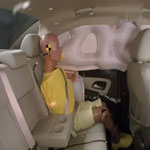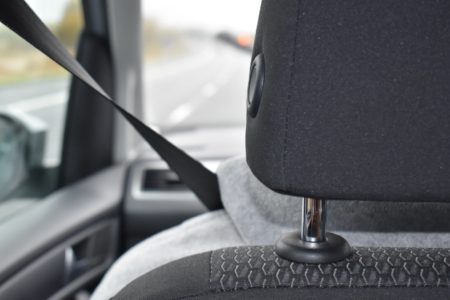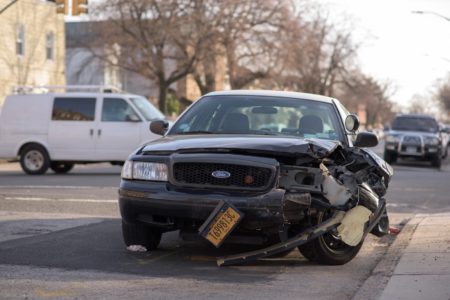Learn to Drive – Airbag Safety
Seatbelts combined with airbags provide the best protection for drivers and front-seat passengers. Keep this in mind as you learn to drive. In the first year of driving teens have the greatest risk of being in a crash. Even if your car has air bags you still must wear a seatbelts. Making a habit of wearing a seatbelt as you learn to drive may be what saves you ion a crash.
In every crash there are 3 collisions and they all happen at the same speed the vehicle is traveling. So if a car is driving 70 miles per hour (113 kph) and it hits a tree:
- The car hits the tree at 70 mph
- The internal organs of the driver hit their ribs and outer shell at 70 mp
- The driver hits the steering wheel at 70 mph
The last one is the most dangerous. Airbags help to absorb the blow so the driver will survive and there’s no doubt that airbags save lives. The NHTSA estimates they’ve saved more than 25,000 lives in that last 10 years but they must be used properly.
Memorize the following rules for airbag safety as part of your “Learn to Drive” program:
1) You MUST wear your seatbelt to be protected
2) Children under 13 years MUST ride in the back seat (that includes babies in car seats.)
3) If your car’s airbag has on on/off switch (on the passenger side), it must be ON when an adult is riding in that seat so you MUST 
4) Front seat passengers MUST keep their feet on the floor. If they ride with their feet on the dashboard and the airbag deploys, their legs will be crushed!
5) Drivers MUST be at least 10 inches back from the steering wheel.
6) Passengers MUST be at least 10 inches away from the dashboard.
7) Seatbelts must be adjusted to fit snugly over your hips and upper thighs – not your belly.
8) The shoulder harness should fit snugly across your chest and collarbone – NEVER across your neck.
9) Don’t hold anything in your lap that could impale you if your airbag deploys.
10) Never, never, never allow a child to sit on your lap in a car – front seat or back!
Be sure to practice putting on your seatbelt before you start the car. Make this part of your Drivers Ed checklist. Look for more information on Air Bags and Seatbelts in the Driving Lessons sections of the Workbook and the Video Library. Click the link below to go to Driving Lesson 1. Learn To Drive: Driving Lessons Video Library




